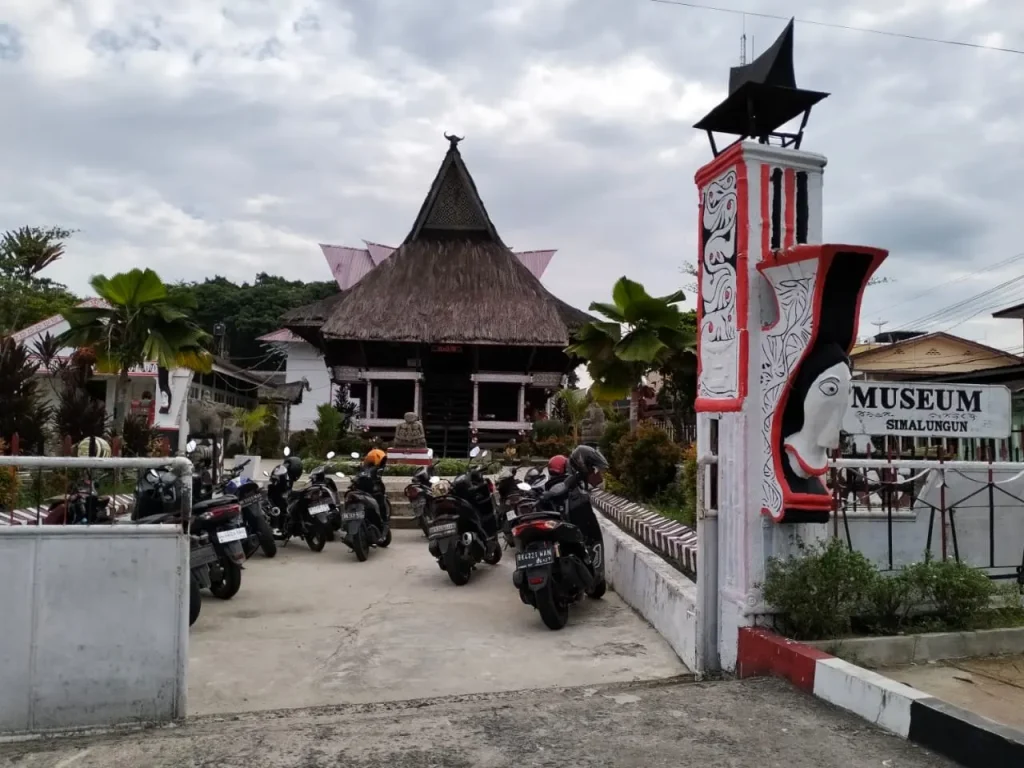Knowledge building is a pedagogical approach that emphasizes the collaborative construction of knowledge through inquiry, dialogue, and critical thinking. In today’s educational landscape, fostering critical thinking skills is essential for preparing students to navigate complex problems and make informed decisions. This guide outlines a step-by-step approach to encourage knowledge building and critical thinking in classrooms, providing educators with practical strategies to enhance student learning.
Understanding Knowledge Building

Definition
Knowledge building is the process of collaboratively creating and refining knowledge through active engagement and inquiry. It involves students working together to explore ideas, challenge assumptions, and construct meaning from their experiences. This approach goes beyond rote memorization, encouraging students to think critically about information and apply it in real-world contexts.
Importance in Education
- Promotes Deep Learning: Knowledge building fosters a deeper understanding of concepts by encouraging students to explore and question rather than passively receive information.
- Enhances Collaboration: By working together, students learn from one another, develop communication skills, and build a sense of community in the classroom.
- Prepares for Future Challenges: In an increasingly complex world, critical thinking and collaborative knowledge building equip students with the skills needed to address real-world problems.
Step-by-Step Guide to Encouraging Knowledge Building and Critical Thinking
Step 1: Create a Collaborative Learning Environment
A collaborative learning environment is fundamental to knowledge building. Here’s how to establish one:
- Foster Open Communication: Encourage students to share their thoughts and ideas freely. Create a classroom culture where diverse perspectives are valued, and students feel comfortable expressing themselves.
- Encourage Inquiry: Promote a questioning mindset by inviting students to ask questions about the material. Use open-ended questions that stimulate discussion and critical thinking.
- Build Trust: Establish strong relationships with students to create a safe space for exploration and dialogue. Trust encourages students to engage actively in the knowledge-building process.
Step 2: Integrate Collaborative Learning Activities
Collaborative learning activities enhance knowledge building by allowing students to engage with their peers. Consider the following strategies:
- Group Projects: Organize group projects that require students to work together to research, analyze, and present findings on a specific topic. This approach encourages collaboration and critical thinking.
- Peer Review: Implement peer review sessions where students provide constructive feedback on each other’s work. This practice not only enhances critical thinking but also fosters a sense of community.
- Think-Pair-Share: Use the think-pair-share technique to encourage discussion. Students first think about a question individually, then pair up to discuss their thoughts before sharing with the larger group.
Step 3: Use Real-World Problems
Connecting classroom learning to real-world problems makes knowledge building more relevant and engaging. Here’s how to implement this:
- Case Studies: Introduce case studies that require students to analyze complex situations and propose solutions. This approach encourages them to apply critical thinking skills in practical contexts.
- Current Events: Discuss current events and encourage students to analyze the implications of these events. This practice helps them understand the relevance of critical thinking in everyday life.
- Problem-Based Learning: Design problem-based learning activities that challenge students to solve real-world problems. This method promotes collaboration and critical thinking as students work together to find solutions.
Step 4: Encourage Reflection and Metacognition
Reflection is a vital component of knowledge building. Encourage students to think about their learning processes and outcomes:
- Reflective Journals: Have students maintain reflective journals where they can write about their thoughts, questions, and insights related to their learning experiences.
- Group Reflection: Facilitate group reflection sessions where students discuss what they learned, what worked well, and what could be improved. This practice promotes metacognition and critical thinking.
- Feedback Loops: Provide regular feedback on students’ work and encourage them to reflect on the feedback. Discuss how they can apply this feedback to improve their critical thinking skills.
Step 5: Teach Critical Thinking Skills Explicitly
While some students may naturally possess critical thinking skills, others may need explicit instruction. Here’s how to teach these skills:
- Model Critical Thinking: Demonstrate critical thinking processes in your teaching. Think aloud as you analyze information or solve problems, showing students how to approach tasks critically.
- Teach Argumentation: Introduce students to the structure of arguments, including claims, evidence, and reasoning. Encourage them to construct and deconstruct arguments in discussions and writing.
- Use Thinking Frameworks: Utilize frameworks such as Bloom’s Taxonomy or the Socratic method to guide students in their critical thinking processes. These frameworks provide a structured approach to analyzing and evaluating information.
Step 6: Assess Knowledge Building and Critical Thinking
Assessing knowledge building and critical thinking can be challenging, but it is essential for understanding students’ progress. Here are some assessment strategies:
- Rubrics: Develop rubrics that clearly outline the criteria for evaluating critical thinking in assignments and projects. Include elements such as analysis, synthesis, and evaluation.
- Performance Tasks: Create performance tasks that require students to demonstrate their knowledge building and critical thinking skills in real-world scenarios. These tasks can be more indicative of their abilities than traditional tests.
- Peer Assessment: Encourage students to assess each other’s work based on critical thinking criteria. This practice not only helps them develop evaluative skills but also fosters collaboration.
Step 7: Foster a Growth Mindset
A growth mindset encourages students to view challenges as opportunities for growth, which is essential for developing critical thinking skills. Here’s how to cultivate a growth mindset:
- Praise Effort: Focus on praising students for their effort, perseverance, and willingness to take risks rather than solely on the outcomes of their work.
- Normalize Mistakes: Reinforce the idea that mistakes are a natural part of the learning process. Encourage students to learn from their errors and view them as stepping stones to improvement.
- Set Challenging Goals: Help students set challenging yet achievable goals for their knowledge building and critical thinking development. Encourage them to push their boundaries and strive for continuous improvement.
Conclusion
Encouraging knowledge building and critical thinking in classrooms is a multifaceted process that requires intentional strategies and a supportive environment. By creating a culture of inquiry, integrating collaborative learning, using real-world problems, encouraging reflection, teaching critical thinking skills explicitly, assessing progress, and fostering a growth mindset, educators can empower students to become effective critical thinkers.
As students develop these essential skills, they will be better equipped to navigate the complexities of the modern world, make informed decisions, and contribute meaningfully to society. By investing in the cultivation of knowledge building and critical thinking, educators can help nurture the next generation of thinkers, problem solvers, and leaders.
Read Also About Learning strategies are techniques or methods used to enhance the process of acquiring, retaining, and applying knowledge.



